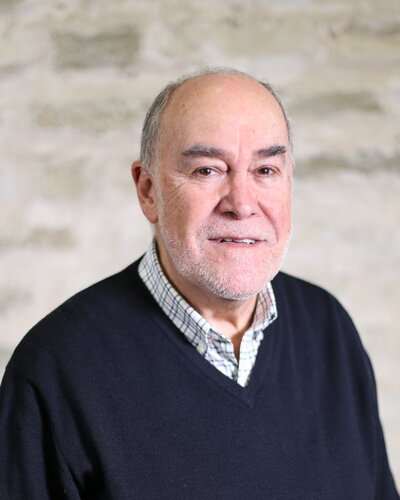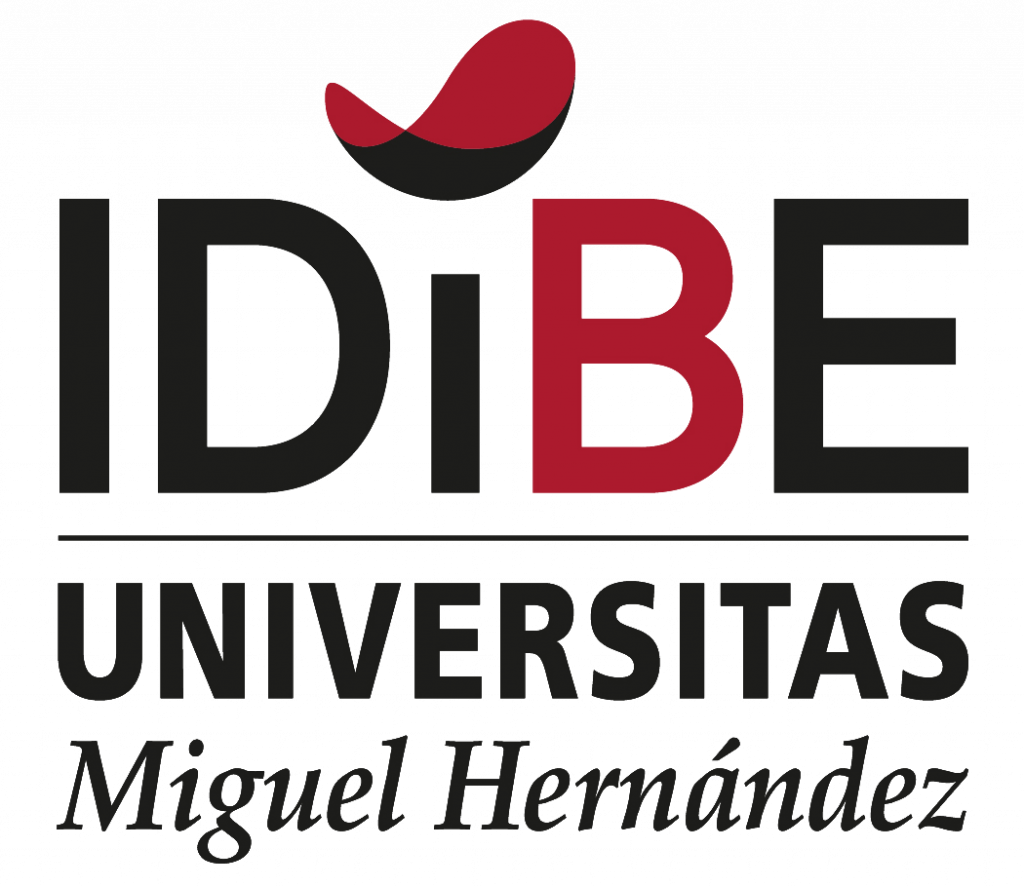Biosensing and Biorecognition
The biological activity of biomolecules is based on their ability to recognize each other to form non-covalent reversible complexes. Each of the members of this unit pursues some of the objectives that support molecular recognition processes by addressing different problems of interactions between biomolecules with different degrees of complexity.
By exploring the mechanisms of how a recognition element (enzyme, protein, ion channel, etc.) can interact with macromolecules, molecules and ions we can develop, among others, platforms for biodetection (fluorescent sensors and biosensors) and biocatalysis, as well as controlled drug delivery systems.
The main research lines of the unit are:
– Synthesis, design and characterisation of metallic and hybrid nanoparticles used as carriers for biomolecules and drugs and their controlled release.
– Enzymes in hydrogels and non-conventional media as platforms for biodetection and biocatalysis: applications in biomedicine and environmental monitoring.
– Allosteric modulation of model ion channels and neuroreceptors: role of lipids and hydrophobic therapeutic drugs (AMODICHAN).
BIO-MULTIFUNCTIONAL ASSEMBLIES GROUP
The group explores the molecular interactions among different components (biomolecules, polymers, nanomaterials/particles, etc.) within different environments (physiological media, deep eutectic solvents, etc.) in order to assemble them into devices and exploit their full potential in applications such as biosensing, controlled drug delivery or biomolecule storage.
Research Lines of the Group:
– Development of fluorescent platforms for biosensing applications.
– Development of hybrid nanomaterials for biomedicine and environmental applications.
– Characterization of biological systems in confined and non-conventional environments.
– Development of submicrometric particles with ultra-high loading capacity for long-term storage of labile biomacromolecules.
– Design of nanoparticles composites for the oral administration of insulin.

Carmen Reyes Mateo
Principal investigator
Francisco Javier Gómez
Principal investigator
STRUCTURE-FUNCTION RELATIONSHIPS IN ION CHANNELS RESEARCH GROUP
Ion channels are membrane proteins present in all living organisms. They are responsible for controlling the flow of ions in cell membranes and hence regulate a large number of physiological processes, from the movement of a flagellum to the secretion of hormones, genetic expression, control of homeostasis, electrical signaling between neurons etc In fact, the dysfunction of these proteins is related to many diseases such as migraine, epilepsy, long QT syndrome, Brugada syndrome, malignant hyperthermia, and myasthenia, among others. That is why these macromolecules are considered key targets to develop new drugs to modulate their function. However, the great variety of ion channels, both in terms of structure and function, necessitates a rational design of highly selective drugs. To achieve this, the structure of the ion channel to be treated must be known at the atomic level, as well as correlating its different structural domains with the function that the channel performs. In other words, structure-function relationships have to be established.
Main lines of research:
-Decipher the molecular bases of the inactivation of ion channels
–Characterize the allosteric communication between the gates of the ion channels, and evaluate the impact of diseases-related mutations.
-Establish the molecular bases of the modulation of lipids on ionic channels, and the possible interference of hydrophobic therapeutic drugs.

José Antonio Poveda
Principal investigator

José Manuel González
Principal investigator

Marcela Giudizi
Investigatora
